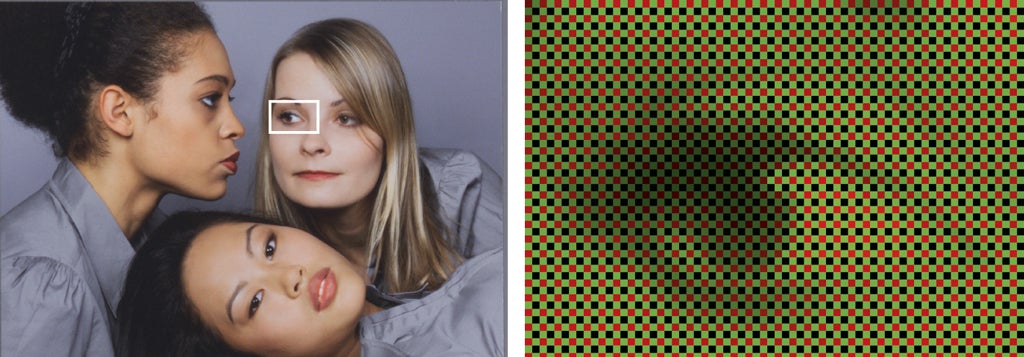In this article, we look at the raw image file, providing a guide to what it is for, and how it works
With digital photography, like haute cuisine, you need the best raw ingredients to accomplish the best results, and that’s the raw image file that stores the (mostly) unprocessed sensor data. We say ‘mostly’, because there is a growing trend that involves fiddling with the data, such as to reduce noise. Regardless of whether or not the raw image file is produced in a camera for you to post-process, all digital cameras produce raw data from the sensor. It’s either immediately processed in the camera, usually via a buffer memory, converting it into, for example, a JPEG image, or it can be saved as a raw image file. Some cameras will let you do both.
A raw image file contains the digital values for each of the millions of photosites on the camera’s sensor. These values are determined by the analogue-to-digital converter measuring the charge accumulated in each photosite during the sensor’s exposure to the light from the scene being photographed. A raw image file would look grotesque if you tried to view it. This is because although in conventional sensors each photosite represents one image pixel, real or true colour data has not yet been calculated. What you will see is a false colour image. Each photosite will have either a red, green or blue filter above it and the pixel values in a raw image file must be interpolated in order to recreate what we would recognise as true colour, and in turn, real detail, tone and contrast. The process for each pixel involves taking data from the surrounding pixels to compute the correct hue and density for that pixel.
So, why do raw image files exist if a camera can do the processing for you? With skill and experience a photographer can make a better job of creating a great image from me because all the original data is there to start with. When the camera converts raw data to make a JPEG image, a lot of the data is discarded, and if you need to make improvements you have much less data to work with.





